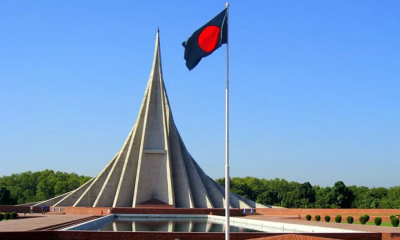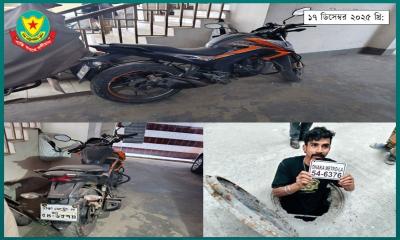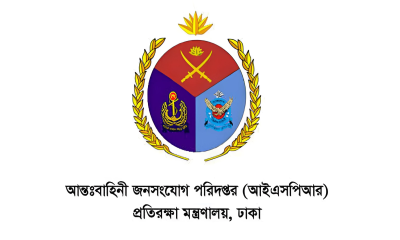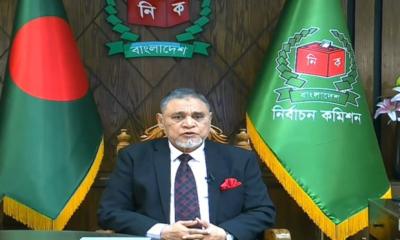India's national capital, Delhi, woke up to grey skies as air quality dipped to hazardous levels following the festival of Diwali.
Despite a ban, people across the city burst firecrackers late into Thursday night, worsening pollution levels.
Vehicular and industrial emissions, dust and weather patterns make Delhi the world's most polluted capital.
The air turns especially toxic in winter when farmers in neighbouring states burn crop stubble.
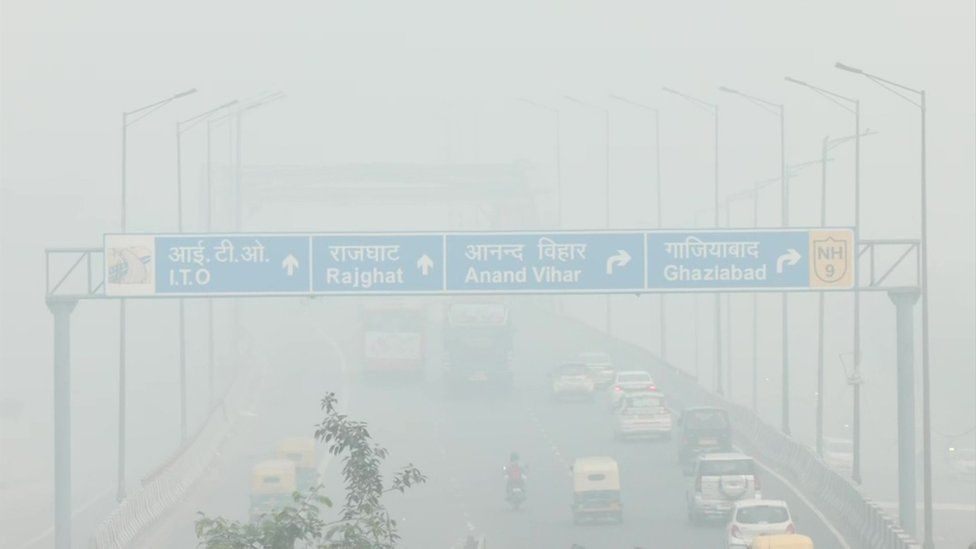
And fireworks during Diwali, which happens at the same time, only worsen the air quality as low wind speeds trap the pollutants in the lower atmosphere.
The concentration of PM2.5 - dangerous tiny pollutants in the air - stood at 999 per cubic metre, the maximum reading, in some parts of Delhi on Friday, according to the government's air quality monitors. Several places recorded figures close to or higher than 500, which is categorised as "severe".
A figure between zero and 50 is considered "good", and between 51 and 100 is "satisfactory", according to the air quality index or AQI.
The government banned the sale and bursting of firecrackers this year to curb pollution levels. But that didn't appear to deter the city's residents.
A thick layer of smog blanketed the city on Friday morning, and people complained of itchy throats and watery eyes.
Many shared images of the haze on social media.


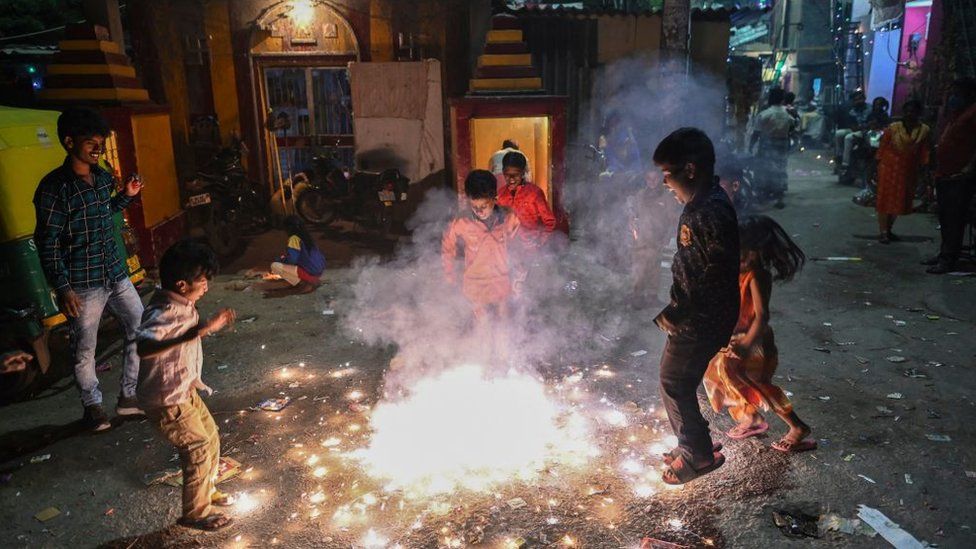

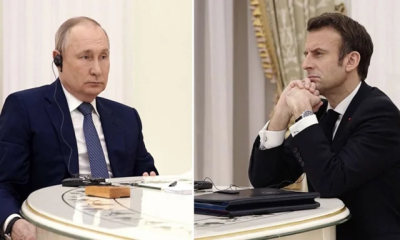
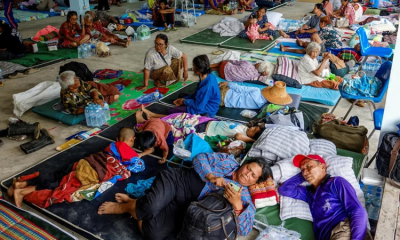
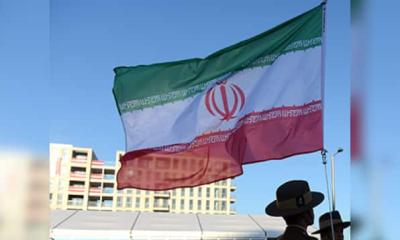
-20251220073333.jpeg)
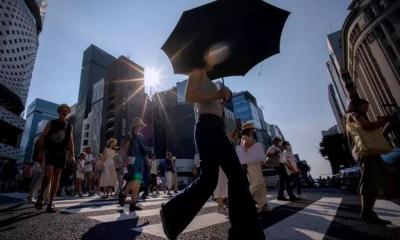
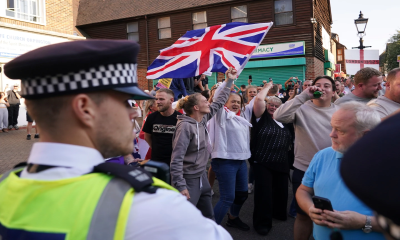
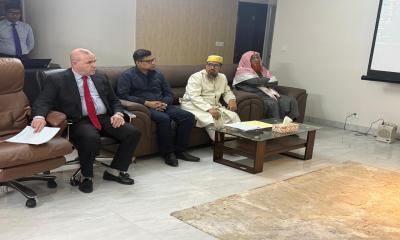



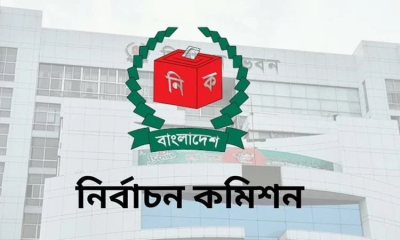
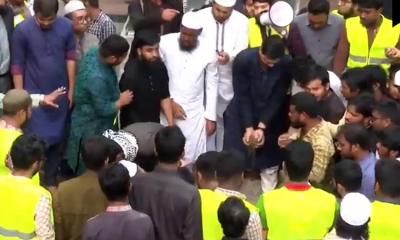
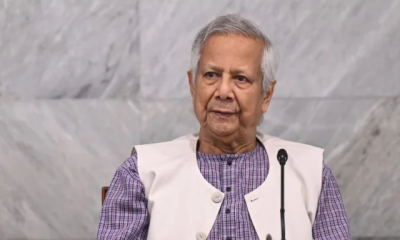
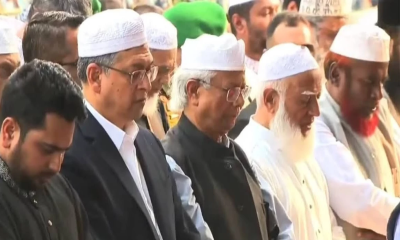
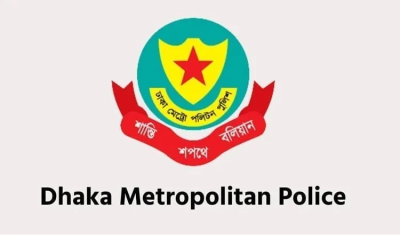
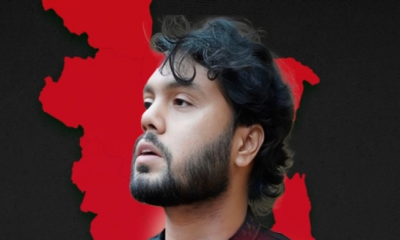
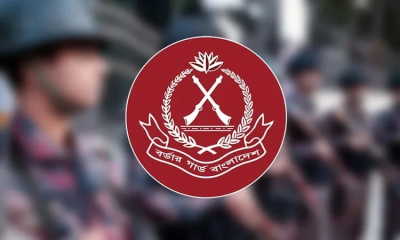
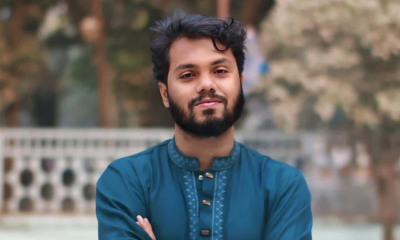

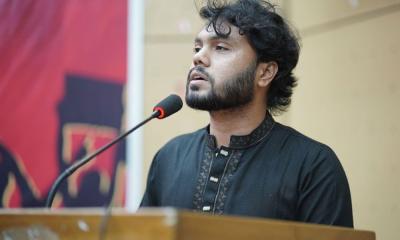
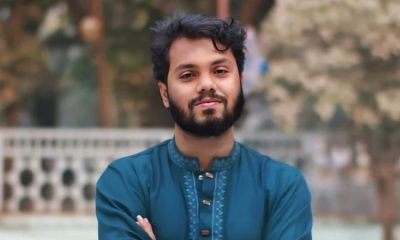
-20251218165258.jpeg)

-20251216090625.jpeg)
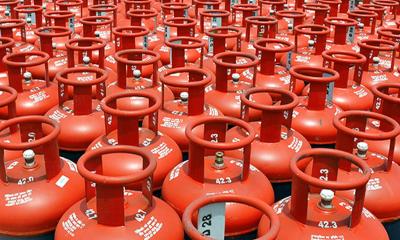

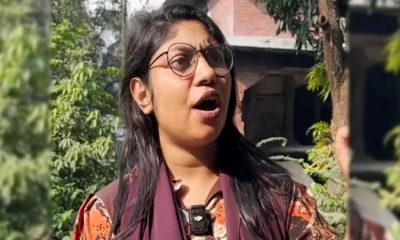
-20251216054240.jpeg)
